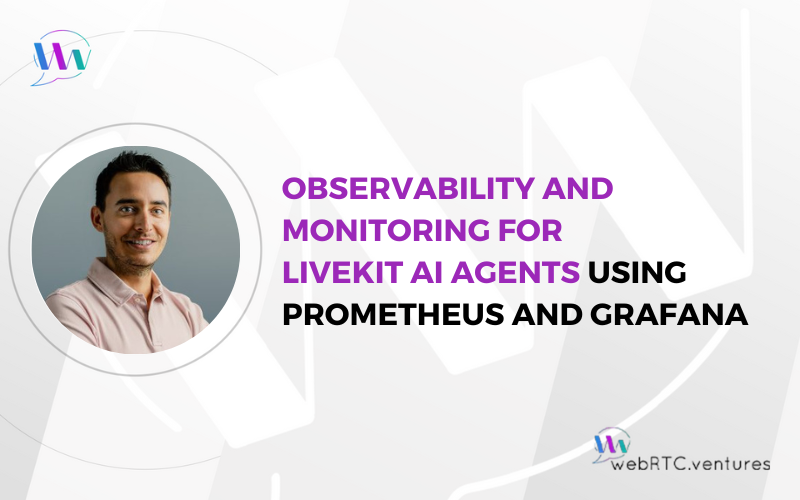
In a previous post, Reducing Voice Agent Latency with Parallel SLMs and LLMs, we showed how to reduce response times and create more natural conversational experiences using the LiveKit Agents framework. But optimization is only half the equation. Once your voice agents are deployed and handling real

Voice assistants powered by real-time AI are increasingly being used to automate phone-based customer interactions. Whether for contact centers, internal help desks, or voice-driven workflows, a reliable architecture needs to support low-latency audio streaming, accurate speech-to-text (STT), intelligent response generation, and real-time speech synthesis. In this post,

Bringing WebRTC and SIP together is a powerful way to connect modern web applications with traditional phone systems. Whether you’re enabling voice and video in the browser, or linking your app to a PBX and SIP trunk, WebRTC SIP integration allows users to communicate across platforms without

Large Language Models (LLMs) have dominated conversations about AI integration in WebRTC, particularly when it comes to voice-based features like transcription, summarization, and intent detection. But there’s an emerging layer that many outside of research circles are missing: Vision Language Models (VLMs). Unlike LLMs, which work with






